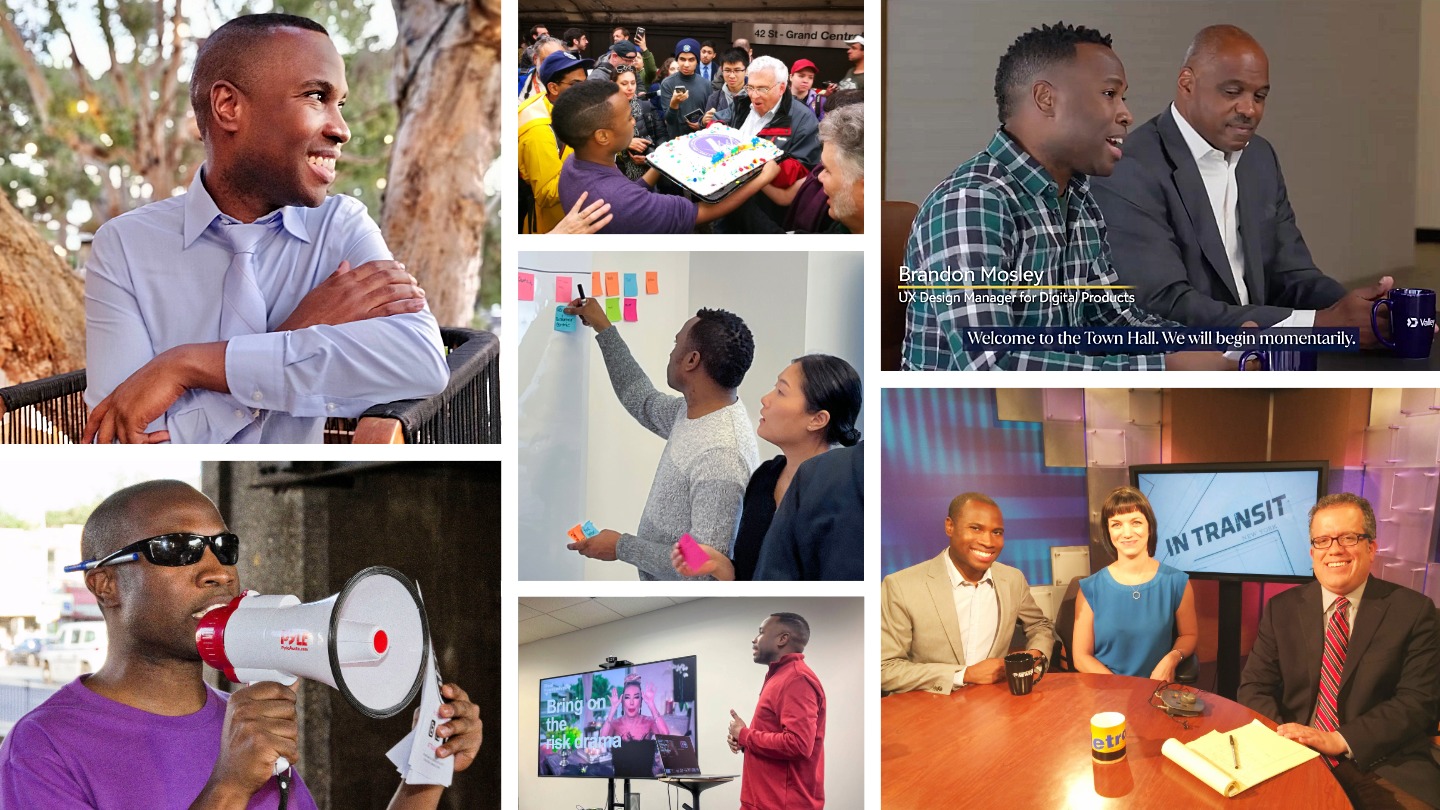
Good design isn’t about the latest tool. It’s about positioning human-centered design as a value driver and using data and insights to make informed decisions.
My journey began when I taught myself how to code. By the seventh grade, I had built three websites. Today, I build and scale high-performing experience design teams that tackle complex digital problems and connect experiences across digital channels. The UX designers, researchers, and writers I lead think systematically, practice design thinking, and deliver impactful user-centered solutions.
Beyond work, I'm a writer, a transit advocate, a family historian, a Pallas cat conservationist, and an artist.
Ready to push your UX maturity? Let’s talk.
Ingredients
Method
Ingredients:
Method:
Ingredients
Method
Ingredients
Method
Ingredients
Method
Ingredients
Method

MANJI [mahn-jee] · n. Charms and symbols of luck, divinity, and spirituality — often used by Jains and Buddhists of ancient Persia, India, China, and Japan.
"Manji" represents bringing luck, blessings, infinity, and the ongoing cycle of creation to those who embrace it.
The concept is inspired by ancient Chinese metaphysics, including Taoist cosmology and feng shui, which use baguas — energy maps — to enhance eight areas of life: family, prosperity, reputation, relationships, creativity, career, spirituality, and health.
These areas are represented by trigrams encircling a yin-yang symbol, which signifies balance and change. A purple yin-yang blends duality with the concepts of royalty, power, ambition, and creativity.
These ideas shape the Manji Designs logo and its creative philosophy. It positions design as a guiding force, echoing ancient beliefs in harmony and continual creation, central to the brand's purpose.
By intentionally aligning ambition with creativity, design becomes more than functional — it serves as a strategic philosophy that harnesses purpose, harmony, and innovation to drive success.